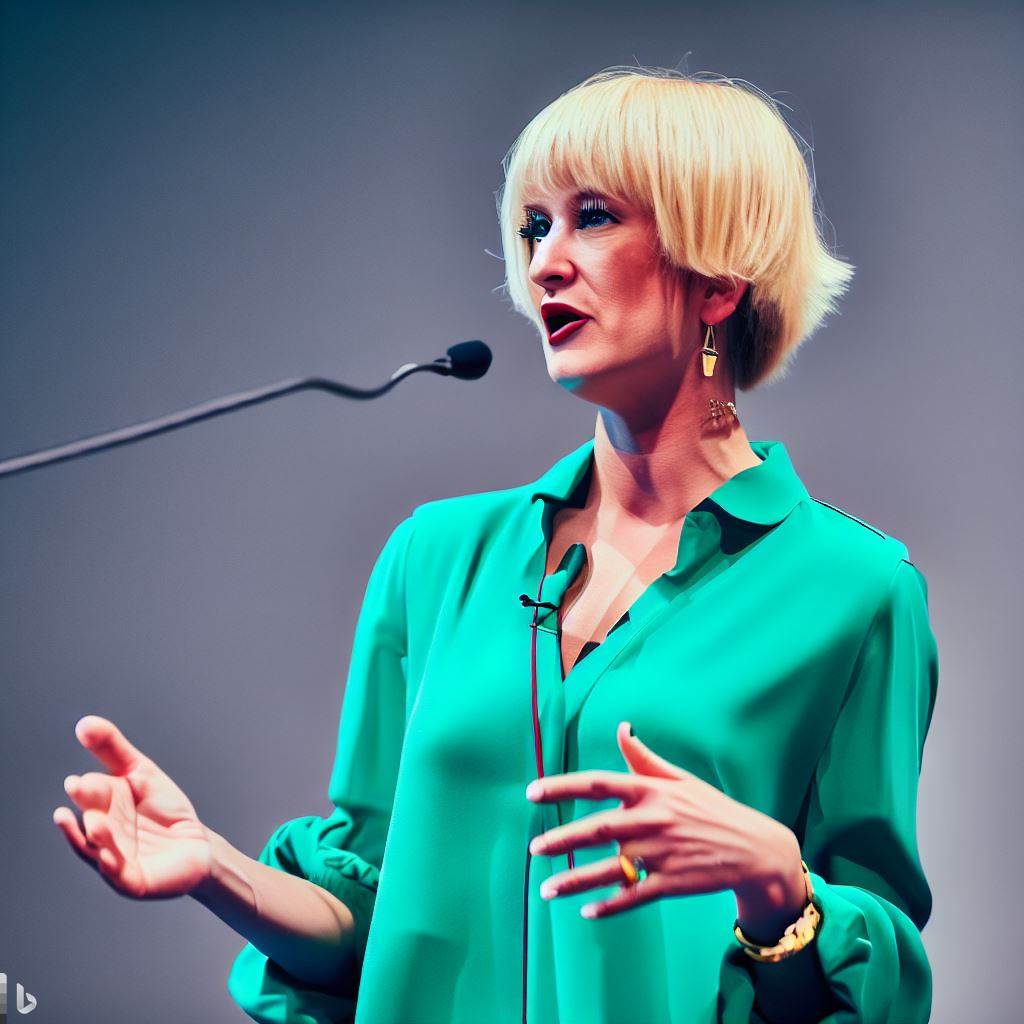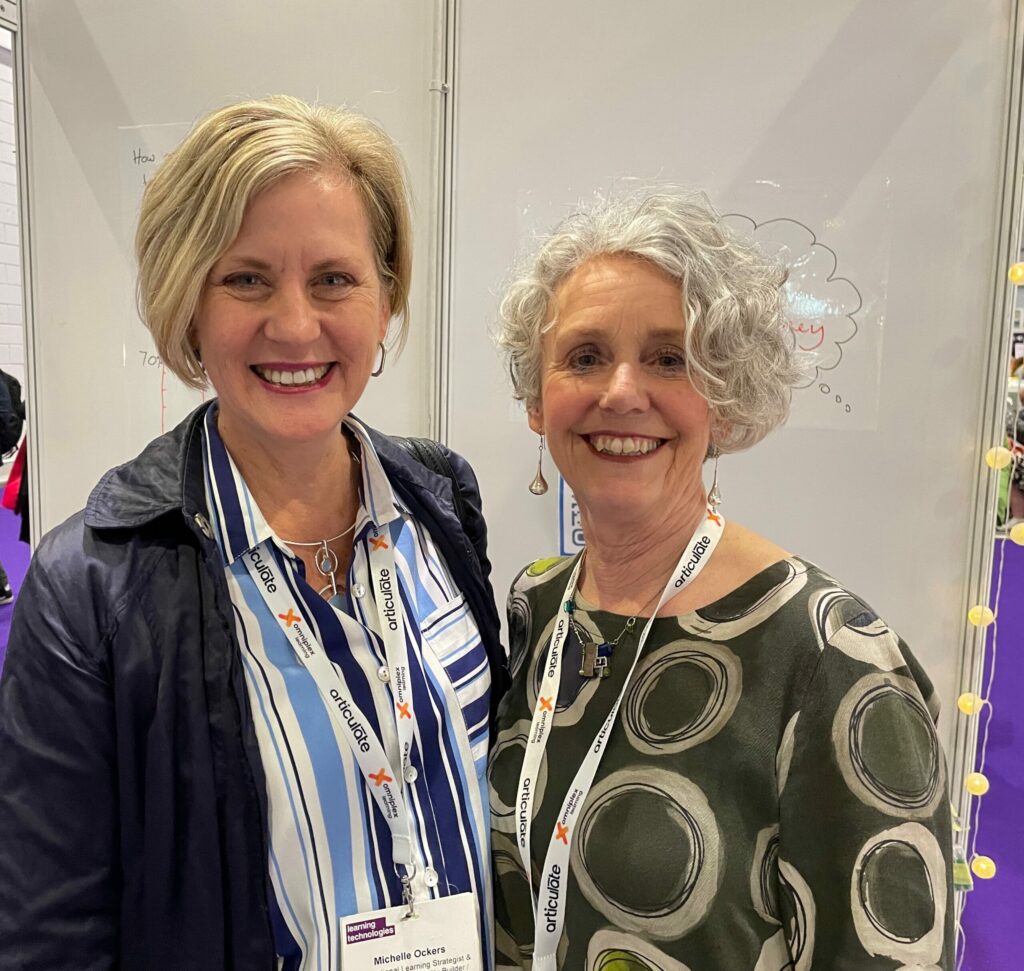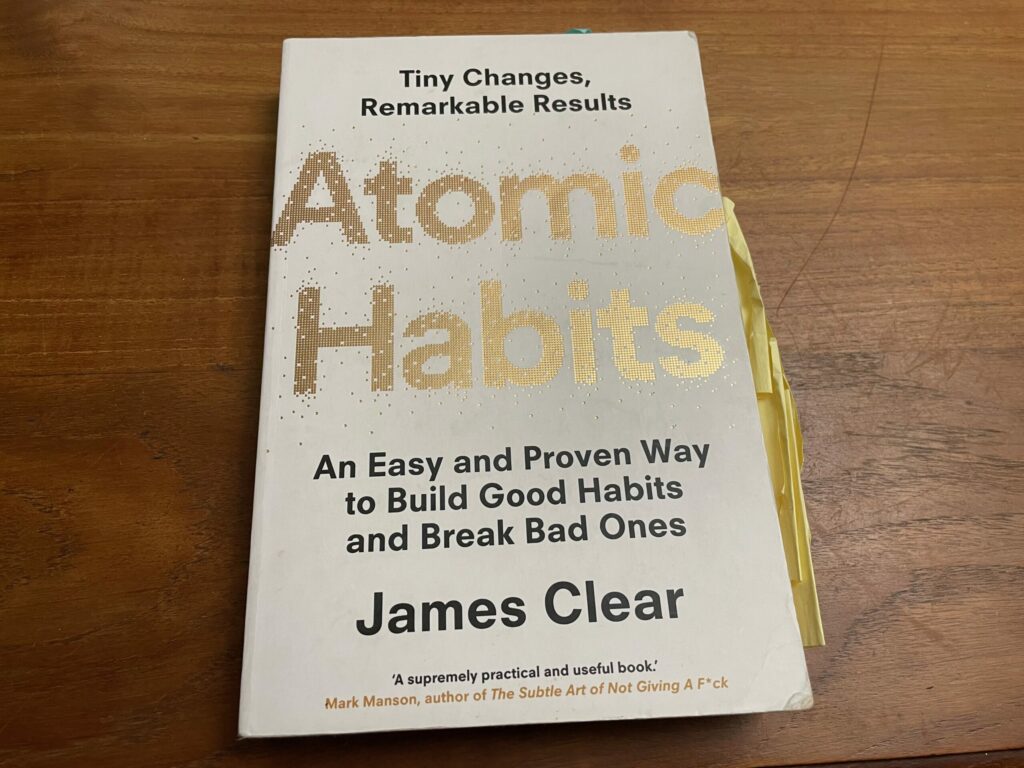In three days I’m speaking about learning strategy at the Learning Technologies UK conference. Some of the 100 L&D professionals joining my session will be familiar with me as host of the Learning Uncut podcast. For others it will be the first time they’ve come across me.
My session is well crafted. The slides are beautiful. I’m sharing some excellent video from my clients, L&D leaders just like those in the audience. I know that the voices of their peers will help them to see what shaping a strong learning strategy looks like. I have also included examples and a couple of short stories from other organisations that I have worked with. There is lots of practical content in the session.
Yet, I am conscious that an important ingredient is missing. You see, my partner, Mark Schenk, is a brilliant storyteller. In fact, through his business, Anecdote, he trains others to communicate more powerfully using storytelling.
Yesterday morning I called Mark from London and asked how he had spent his day at our home in Australia. He is also preparing a conference presentation, and told me that he was working on his ‘connection story.’ I had heard him mention connection stories on his courses, but not gotten curious about them before. Tell me more I asked, any shared a simple example of a story that he could open he’s presentation with to help the audience to connect personally with him.
Today I’m shaping my own connection story. This article on how to build fast rapport with a connection story from Anecdote explains that connection stories provide new people with a little insight into your character in order to really listen to what you’re saying. Rather than list your credentials which is a push strategy, a connection story is a pull strategy which helps your audience to infer what makes you tick and work out how you are similar to them. It helps to form a bond with them.
Here’s my first draft of the connection story I’ve chosen for this week’s conference:
In late 2011 Coca Cola Amatil engaged me to design an Academy for their Supply Chain business unit. In the previous 18 months they had invested heavily in equipment and systems for their production, warehousing and distribution activities. They needed to be able to continue building their workforce skills without relying on overseas vendors. The Academy was critical to make the most of their investments.
I ended up becoming an employee and led the Academy until 2016. For the first three years Bruce Herbert, the Supply Chain director, was my two-up manager. He really understood the importance of skills to business performance, and was a strong champion for learning. He’s the sort of business leader that most of us in L&D hope to work for. In 2014 Bruce got a transfer to Japan. On his last day in Sydney I went to his office to say farewell. We reflected on how far the Academy had come and I thanked him for his support. I told him that I felt very lucky to have had him as a leader. Bruce looked me in the eye and said ‘Michelle, you make your own luck.
My hope today is that you take away something from this session that helps you to make your own luck.
Note – feature image generated using Bing Image Creator



